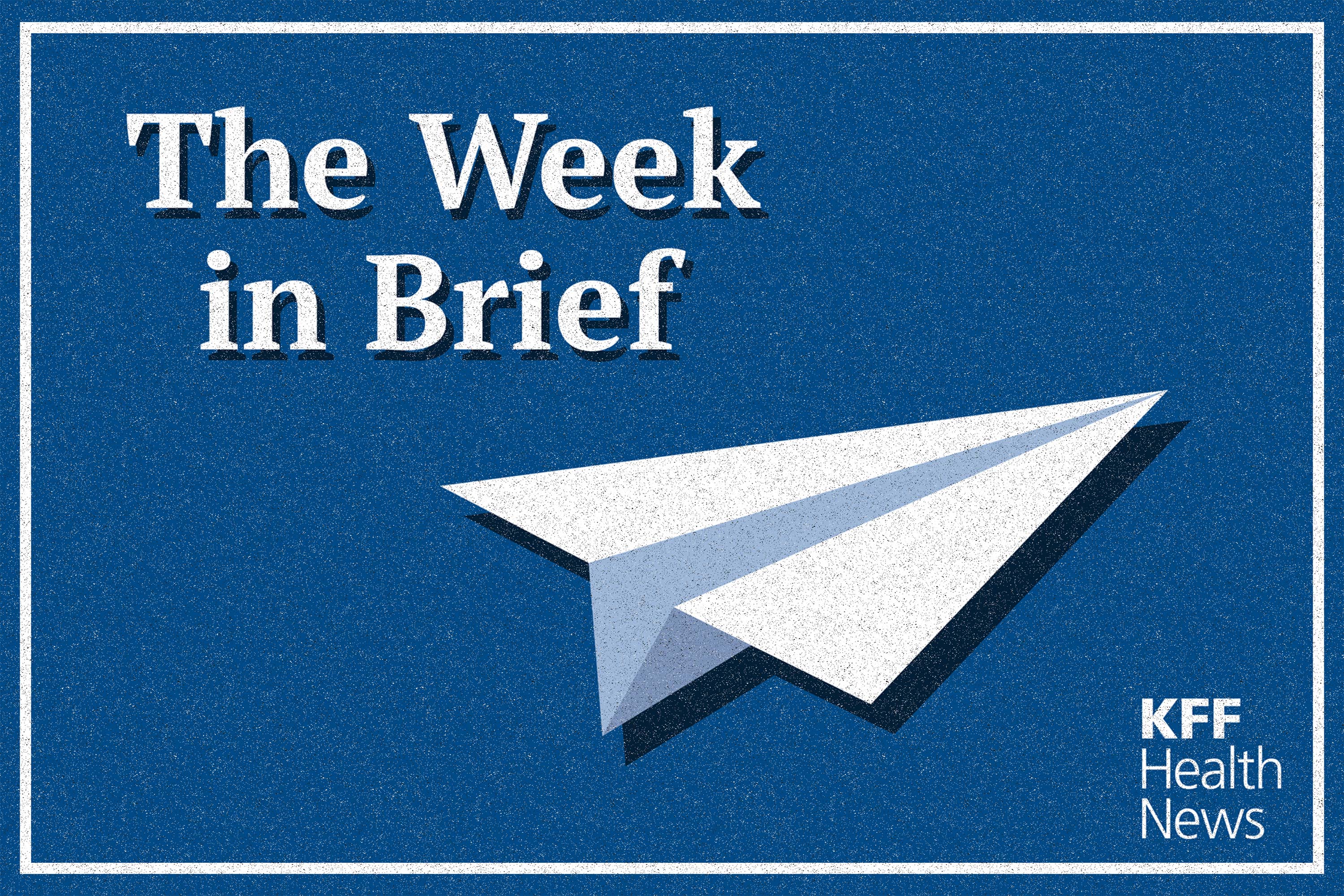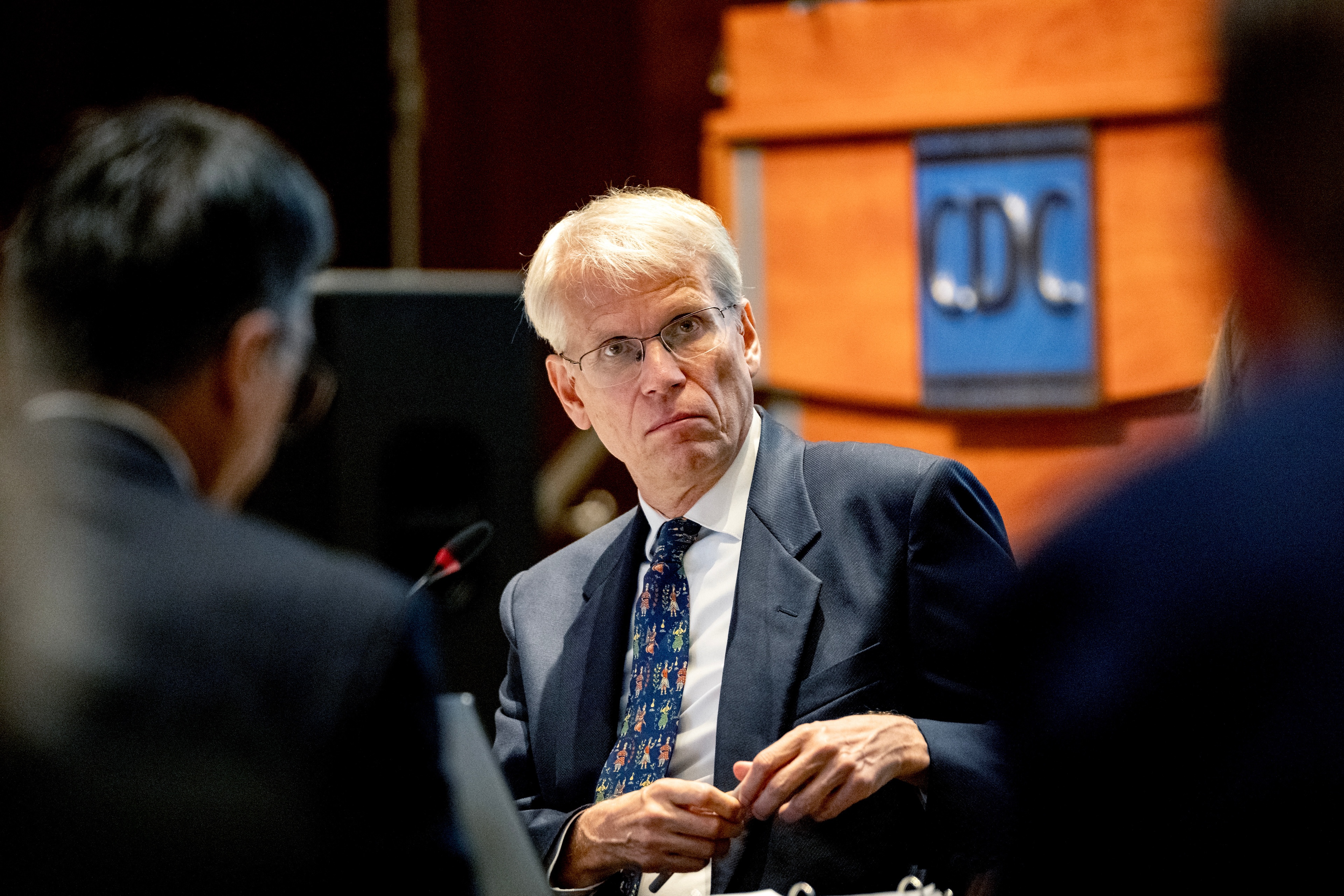There’s a fight in the nation’s capital that could affect health care for millions of Americans. At stake is a $42 billion infrastructure program and whether it should continue as planned. The money is for states to build high-speed internet — particularly in rural areas where telehealth currently doesn’t always work.
Chief rural health correspondent Sarah Jane Tribble explains how millions of rural Americans live in counties with doctor shortages and where high-speed internet connections aren’t adequate to access advanced telehealth services. A KFF Health News analysis found people in these “dead zones” live sicker and die younger on average than their peers in well-connected regions.
KFF Health News has partnered with InvestigateTV to tell the stories of residents whose health care falls into the gap. You can view the full investigation here.
By Sarah Jane Tribble June 3, 2025
Article HTML
We encourage organizations to republish our content, free of charge. Here’s what we ask:
You must credit us as the original publisher, with a hyperlink to our kffhealthnews.org site. If possible, please include the original author(s) and KFF Health News” in the byline. Please preserve the hyperlinks in the story.
It’s important to note, not everything on kffhealthnews.org is available for republishing. If a story is labeled “All Rights Reserved,” we cannot grant permission to republish that item.
Have questions? Let us know at KHNHelp@kff.org


















 English (US) ·
English (US) ·